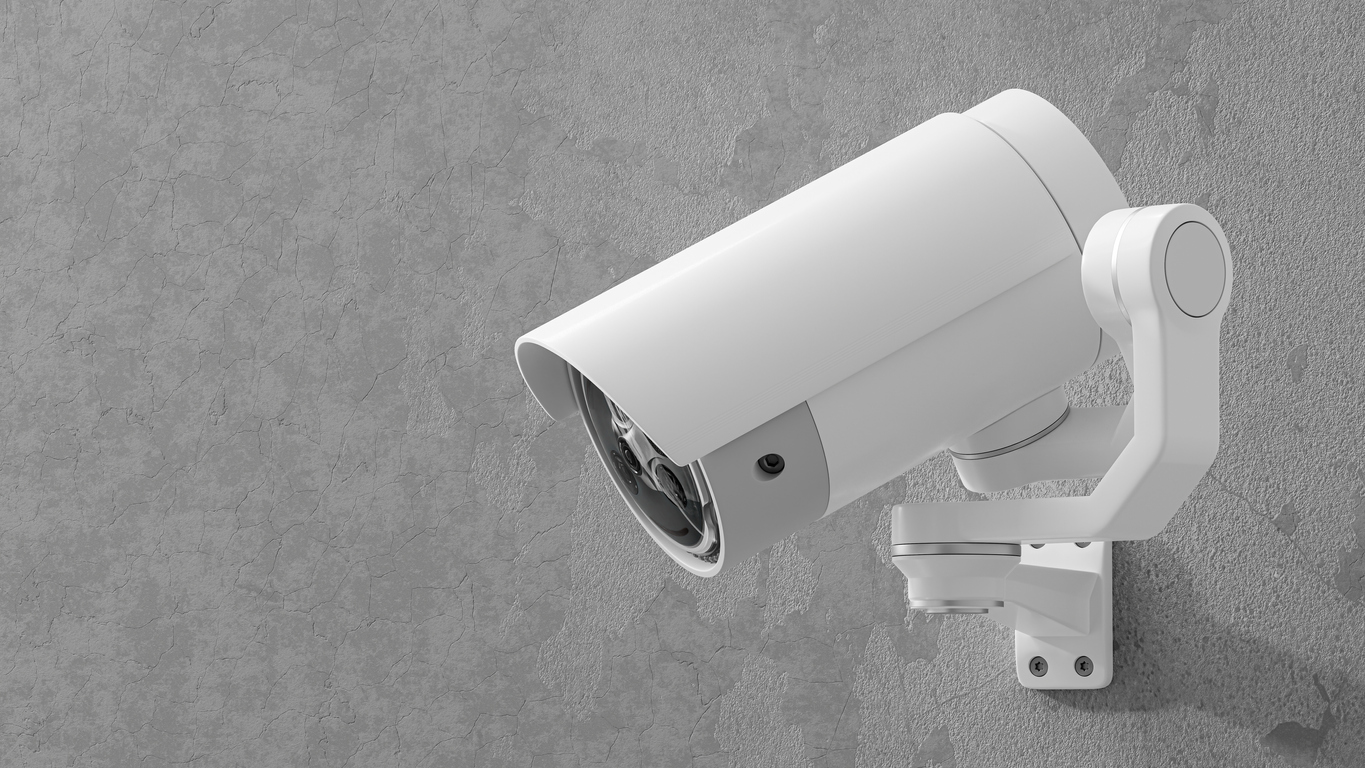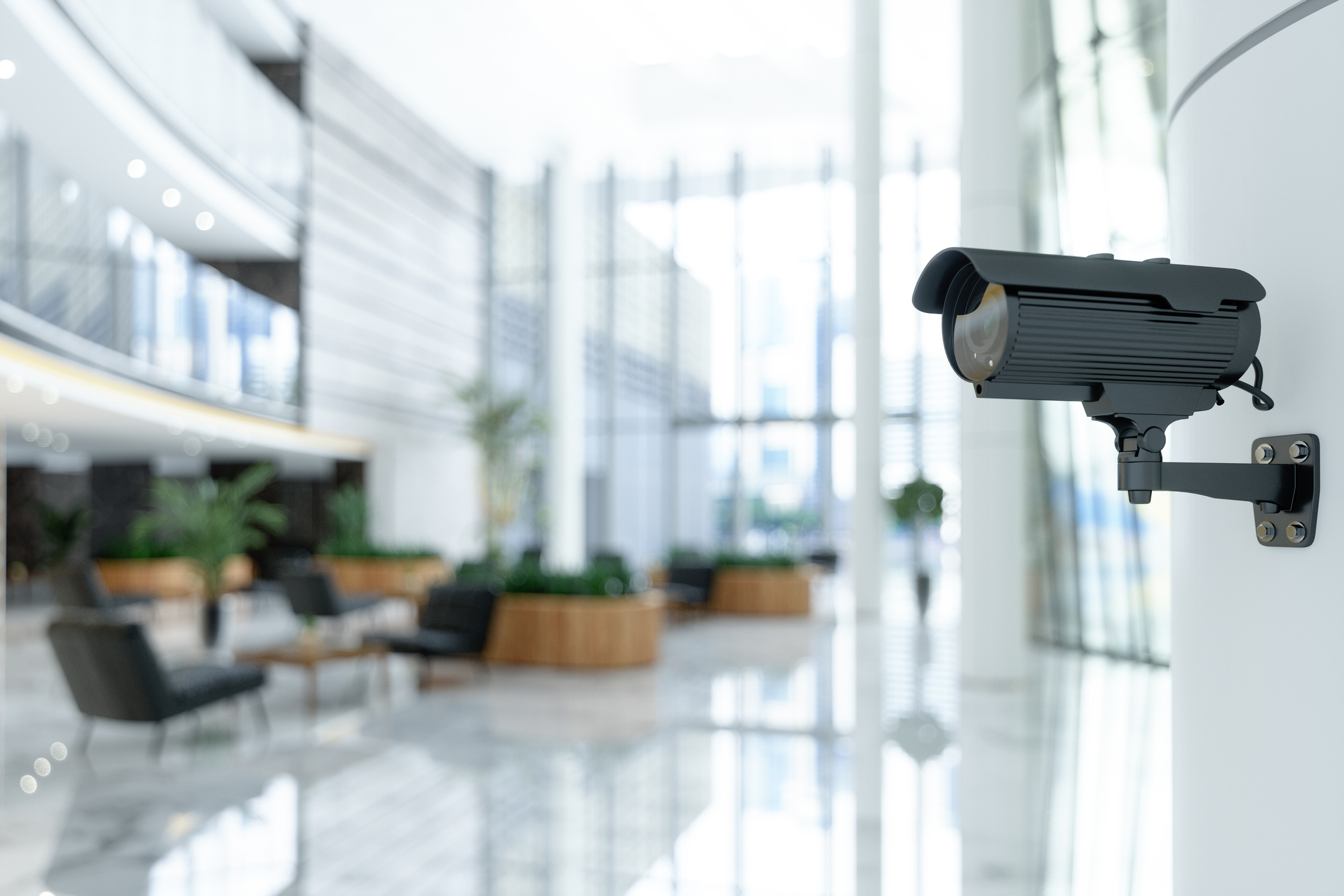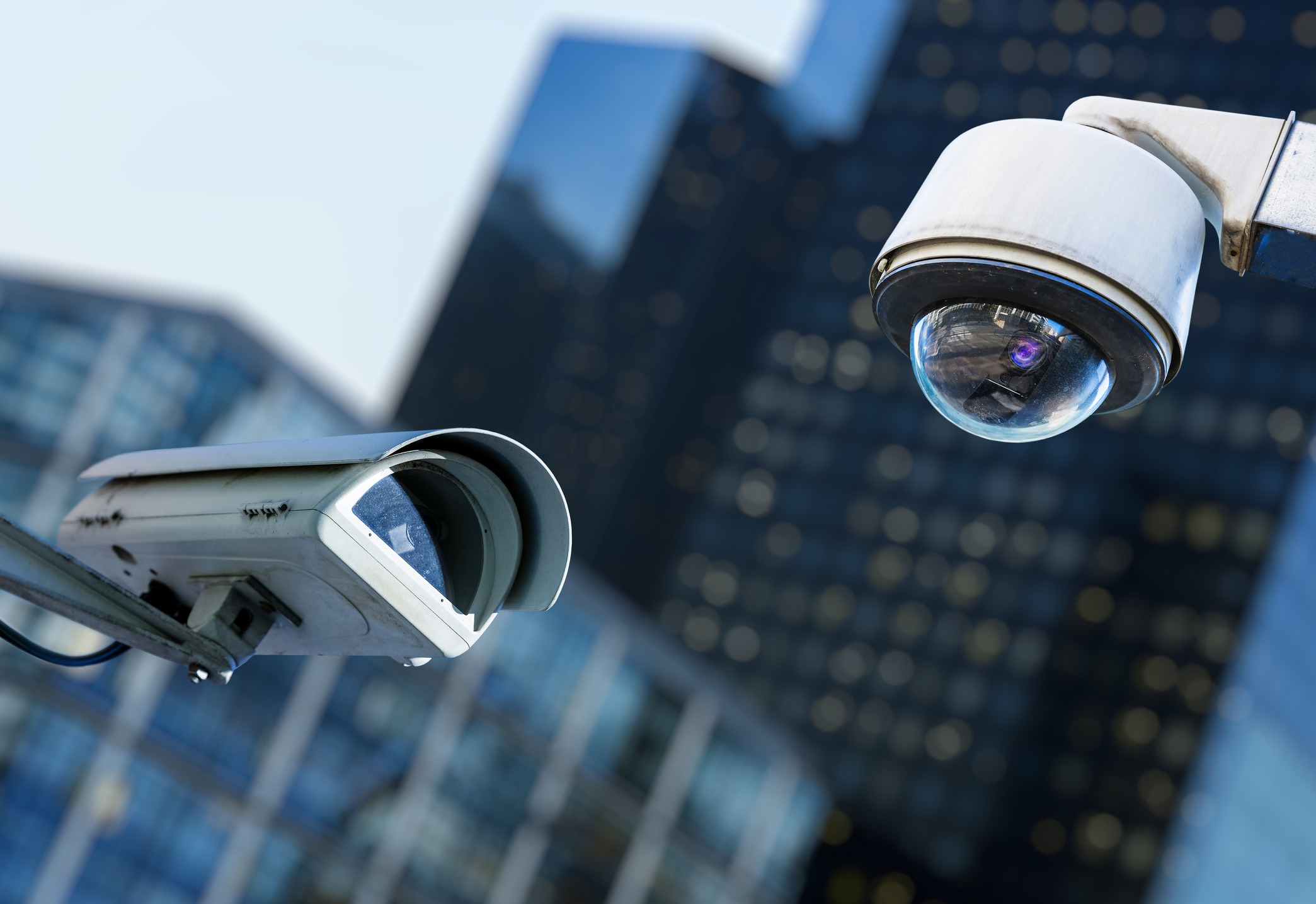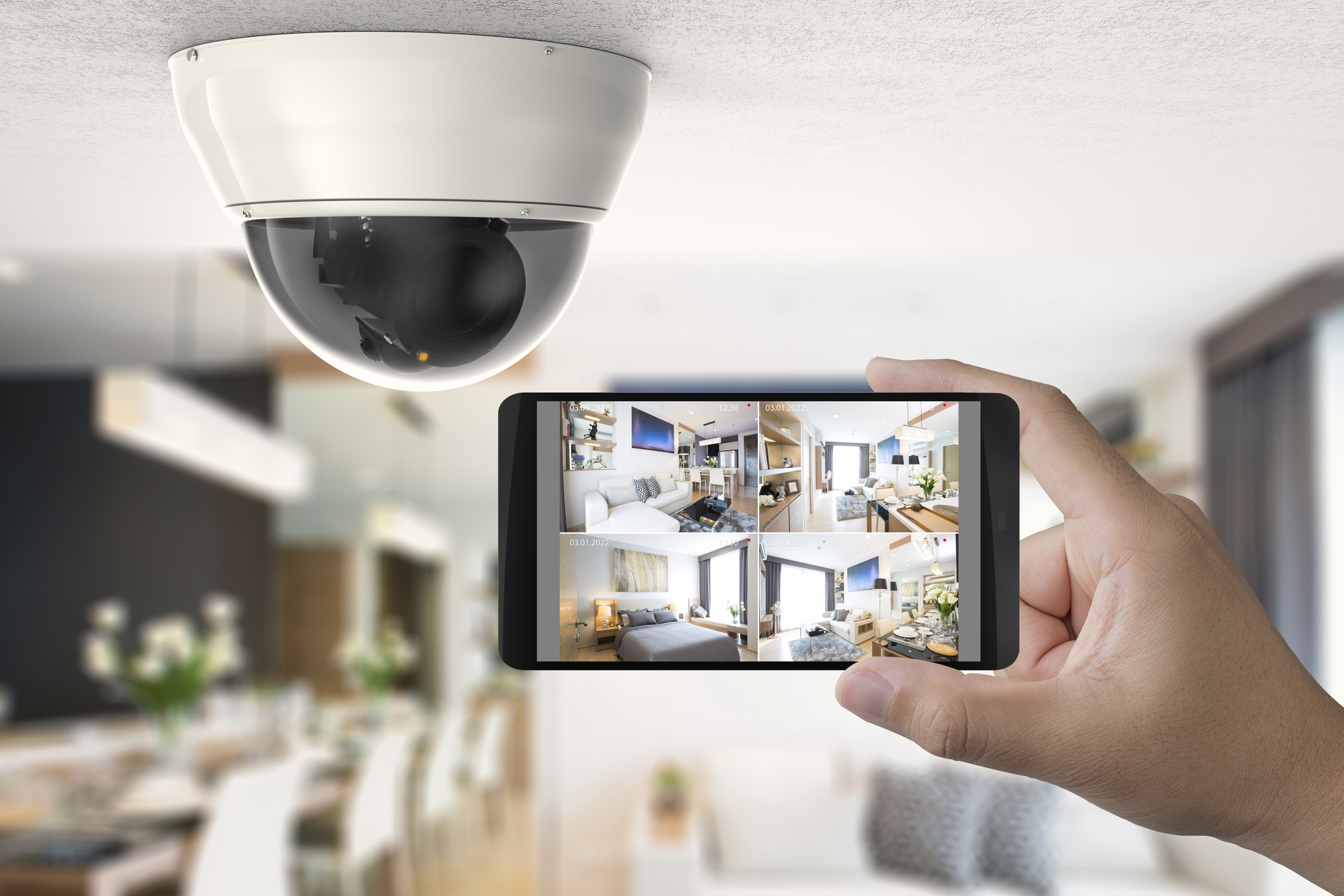
Best Places To Put Your Home Security (CCTV) Cameras
Tips for Home Camera CCTV Placement
Check out the bullet points below to find out more about the ideal placement for your home CCTV system:
- Eliminate shielded access: Houses often have areas where there is access to the home that is shielded from your view, and the view of your neighbours; for example, fencing with no lighting. As a result, it’s a perfect place for burglars to target if they know you’re not at home. Placing your CCTV cameras in these spots will help make your property less desirable.
- Light up the dark: Darkness is a thief’s best friend. By positioning a home camera in places where there is little light, you’ll reduce the darkness and remove any cover for burglars. Alternatively, you can opt for a night vision feature to keep an eye on your home.
- Consider vulnerable areas: Every home has them, so yours isn’t exempt. Once you figure out where your house is weak from a security perspective – for instance, the windows and doors – you can use CCTV cameras as a backup.
- Don’t forget previous break-ins: If someone has broken in before, it may happen again. CCTV camera locations should always include the point of entry of any attempted or successful break-in. Research any incidents before you lived in the house, too.
Where to Position CCTV Cameras in Your Home
It’s vital that you factor in access, dark spots, vulnerable areas, and previous break-ins to answer the question, “where can I point my CCTV cameras?” However, burglars have their favourite areas to target, and these are just as integral to your strategy.
Front Door
Most break-ins occur through the front door. Merely installing a CCTV camera won’t be enough if you leave it within reach. Therefore, it’s worth placing it on the first or second floor to prevent lawbreakers from messing with it. Also, this height stops them from throwing things to interfere with the video.
Garage
The garage is a prominently targeted area because it leads directly to the house in most circumstances. As a result, you should position your home CCTV camera to capture footage surrounding the garage. Even if it’s a separate building, it’s still crucial to cover it as your car is inside and is a valuable asset.
The Backyard/Garden
Doors at the rear of the property might not be as robust, which is why thieves try them. Plus, they are concealed and offer adequate cover. But, you want the camera to focus on the whole garden since it might store expensive items, such as a lawnmower or kids’ toys. If you have a shed, make sure the system records the comings and goings.
Off-street Windows
Windows at the sides and back of the house will be off the street, making them obscured from view from the main road. As passing cars and pedestrians can’t see what’s going on, it’s worth pointing a camera in the direction of any off-street windows to add an extra layer of protection. Considering 23% of burglaries happen due to these features, it’s definitely a crucial area.
Basement
You can’t see what’s going on in the basement, and that makes it scary if you hear a noise in the middle of the night. Thankfully, a cellar camera will record everything and give you access. All you have to do is check out the live feed on your mobile or laptop before going down, and you can save yourself the risk of encountering a burglar by calling the police.
The Driveway
The brilliant thing about the driveway is that it offers an unrivalled view of the entire property. Not only can you see who enters and leaves, but you can watch where they go once they are on your drive. Try and position your camera to face towards your home, giving a 180 degrees scope.
Inside
Don’t buy into the myth that CCTV is for outside only. The best CCTV camera placement guidelines inform homeowners to focus a lens on the front door, off-street windows, and first and second-floor common areas in case anybody makes it through your initial security measures.
Keeping you and your family safe is our main concern at Britannia fire & Security. If you need any information on how to secure your property or business, please don’t hesitate to contact us on: 01733 246990.
Where Not to Place CCTV Cameras at Home
When installing CCTV cameras at home, it’s essential to avoid locations that could compromise privacy or functionality. First and foremost, avoid pointing cameras directly into neighbours’ windows, as this can infringe on their privacy and potentially lead to legal issues. Bathrooms, bedrooms, and other private areas within your home should also be camera-free zones to respect the privacy of household members and guests.
You should also avoid placing cameras where they can be easily tampered with or stolen. Low, accessible locations should be avoided unless the camera is specifically designed to be tamper-proof. Finally, avoid areas where the camera would be exposed to extreme weather conditions without appropriate protective housing, as this can lead to damage and reduced camera lifespan.
Other Factors to Consider for Home CCTV Camera Placement
There are a few other things you should think about when deciding where to place your CCTV cameras. With the right foresight, your placement will ensure you get the most utility out of your CCTV system. So, consider the following:
Visibility vs. Hidden
Deciding between visible and hidden cameras depends on your security goals. Visible cameras can deter potential intruders simply by their presence, whereas hidden cameras are better for catching criminals in the act without them knowing they’re being watched.
Durability
Ensure that the cameras you choose are suitable for their intended environment. Outdoor cameras should be waterproof and capable of operating in a range of temperatures and weather conditions.
Reflection and Glare
Placement should avoid areas where the sun directly hits the lens at certain times of the day, which can cause glare and obscure footage. Reflective surfaces near the camera can also interfere with image quality.
Total Number of Cameras
The number of cameras you install should cover all entry points and main areas without overlapping too much or leaving blind spots.
Proximity to Valuable Objects
Cameras should have a clear view of areas where valuable items are kept to monitor any suspicious activity effectively.
Should I Get My Security Cameras Professionally Installed?
Whether to install security cameras yourself or hire a professional depends on several factors including your technical proficiency, the complexity of the system, and your security needs. Professional installation can offer peace of mind that the system is set up optimally – with proper angle adjustments, secure mounting, and no blind spots. Professionals can also provide valuable advice on the legal aspects of surveillance and ensure your system complies with local laws and regulations.
Although self-installation may save money, the workmanship and peace of mind that a professional installer, like our team at Britannia Fire & Security, provides are well worth it. This is especially true for comprehensive systems, like those integrated with alarms or smart home technology, as the installation grows in complexity.




